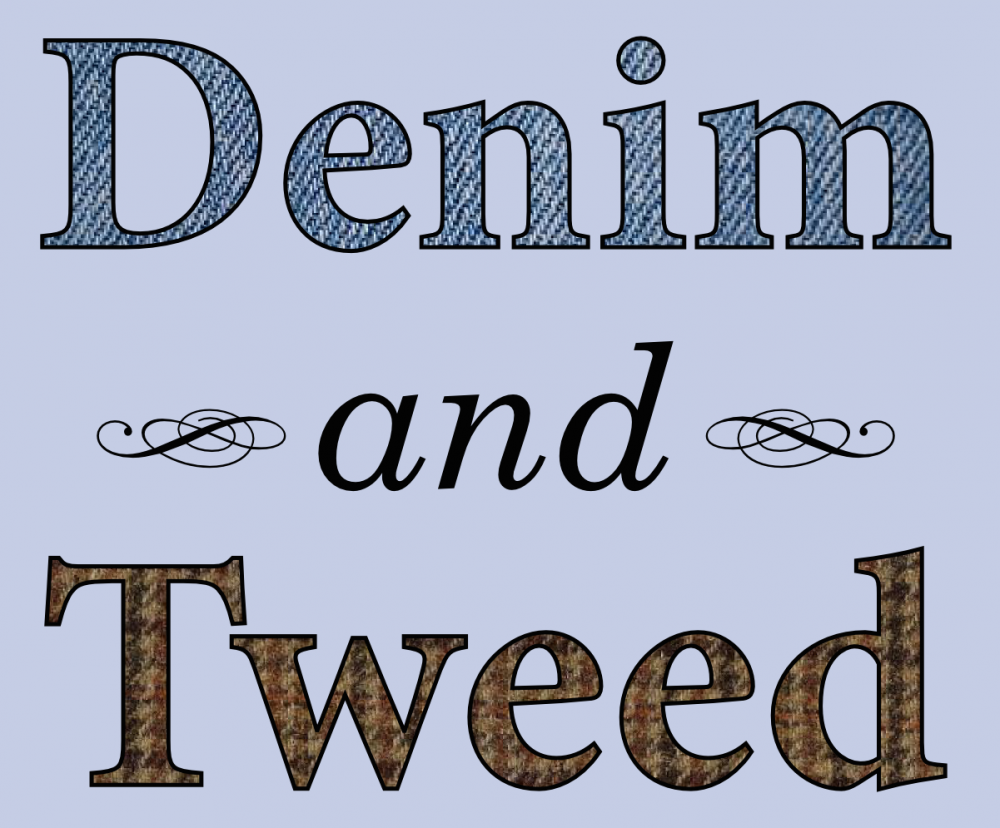 A Joshua tree flower. Photo by jby.
A Joshua tree flower. Photo by jby.Over at Nothing in Biology Makes Sense! I’ve got a new post discussing freshly published results from my dissertation research on Joshua trees and their pollinators. I don’t have to tell you why Joshua trees are interesting, do I?
Joshua trees are pollinated by yucca moths, which are unusually focused, as pollinators go. Your average honeybee will blunder around in a flower, scooping up pollen and drinking nectar, and maybe accidentally pollinate the flower in the process. A yucca moth, on the other hand, gathers up a nice, tidy bundle of pollen in specialized mouthparts, carries it to another Joshua tree flower, and deliberately packs it into place. She does that because the fertilized flower provides more than a little nectar for her—she’s laid her eggs inside the fertilized flower, and when they hatch her offspring will eat some of the seeds developing inside it.
That’s pretty cool in its own right. But what’s especially interesting about Joshua trees, from an evolutionary perspective, is that they’re pollinated by two different moth species. And it turns out that the flowers of Joshua trees associated with the different moth species also look pretty different. The most dramatically different feature is in the length of the stylar canal in the pistil, the part of the flower that determines how the moths lay their eggs.
In the latest development, my collaborators and I tested for genetic evidence that Joshua trees pollinated by different moth species are isolated from each other. To learn what we found, go read the whole thing.◼









